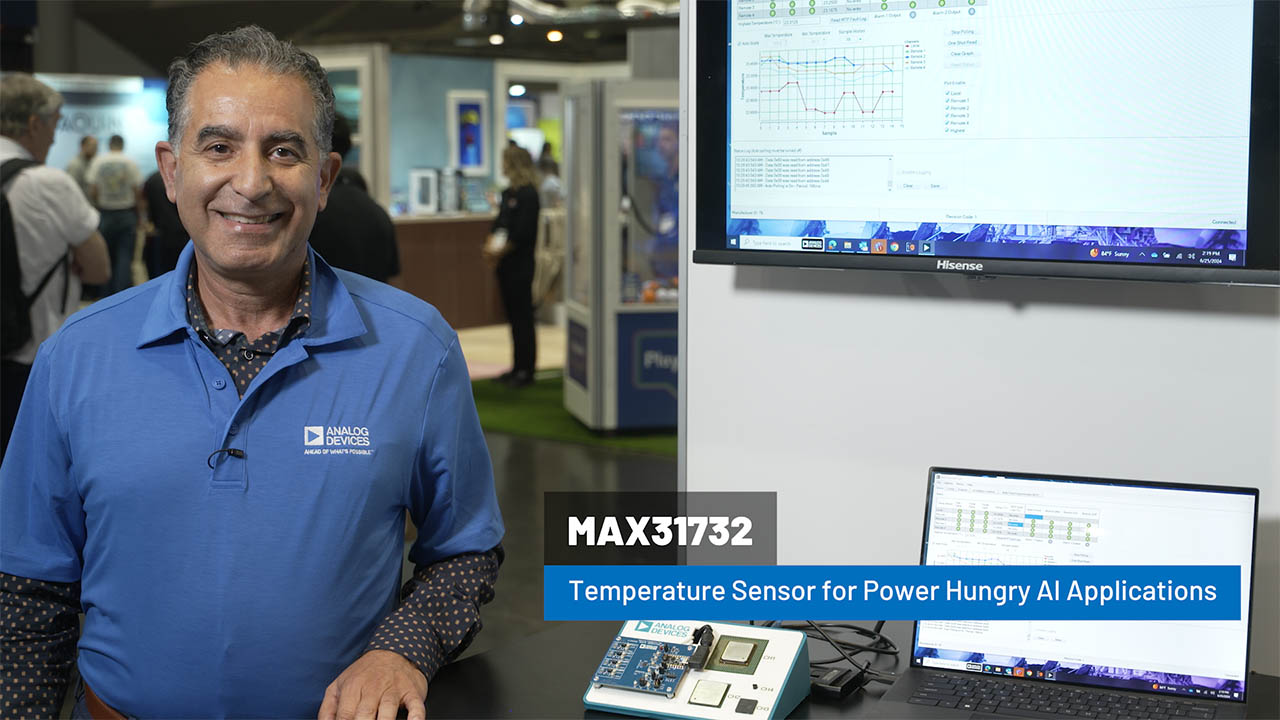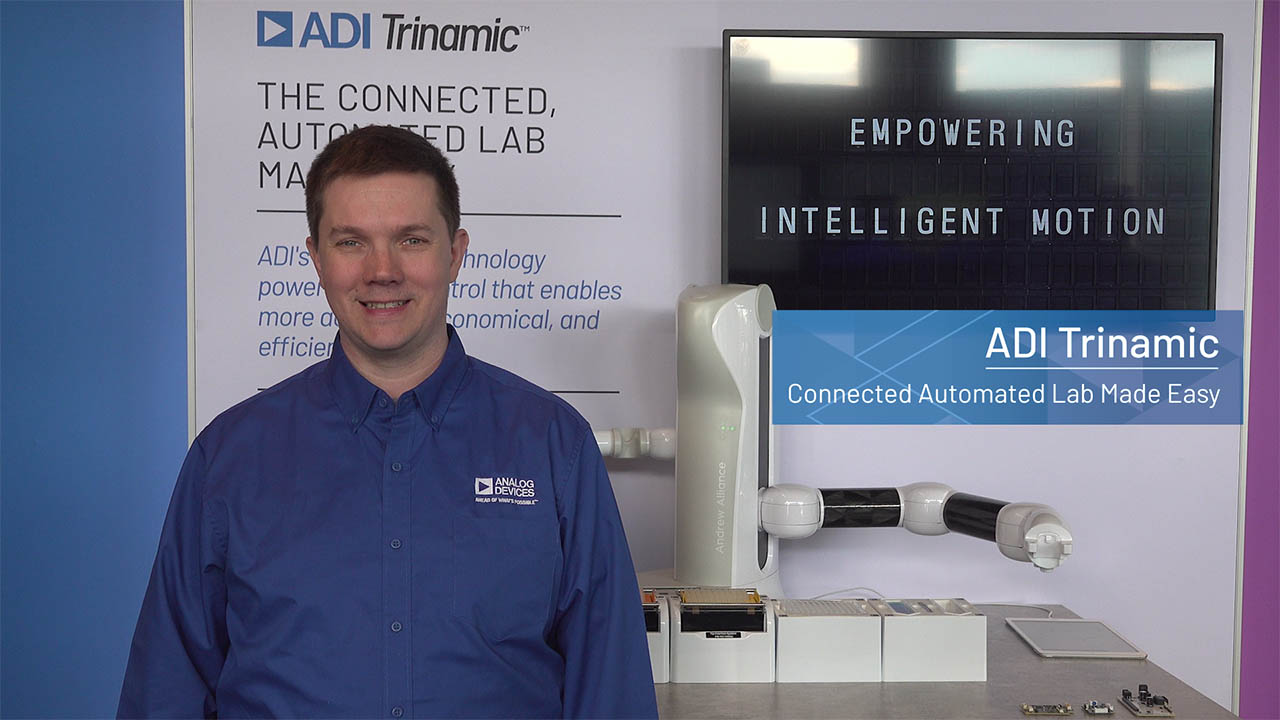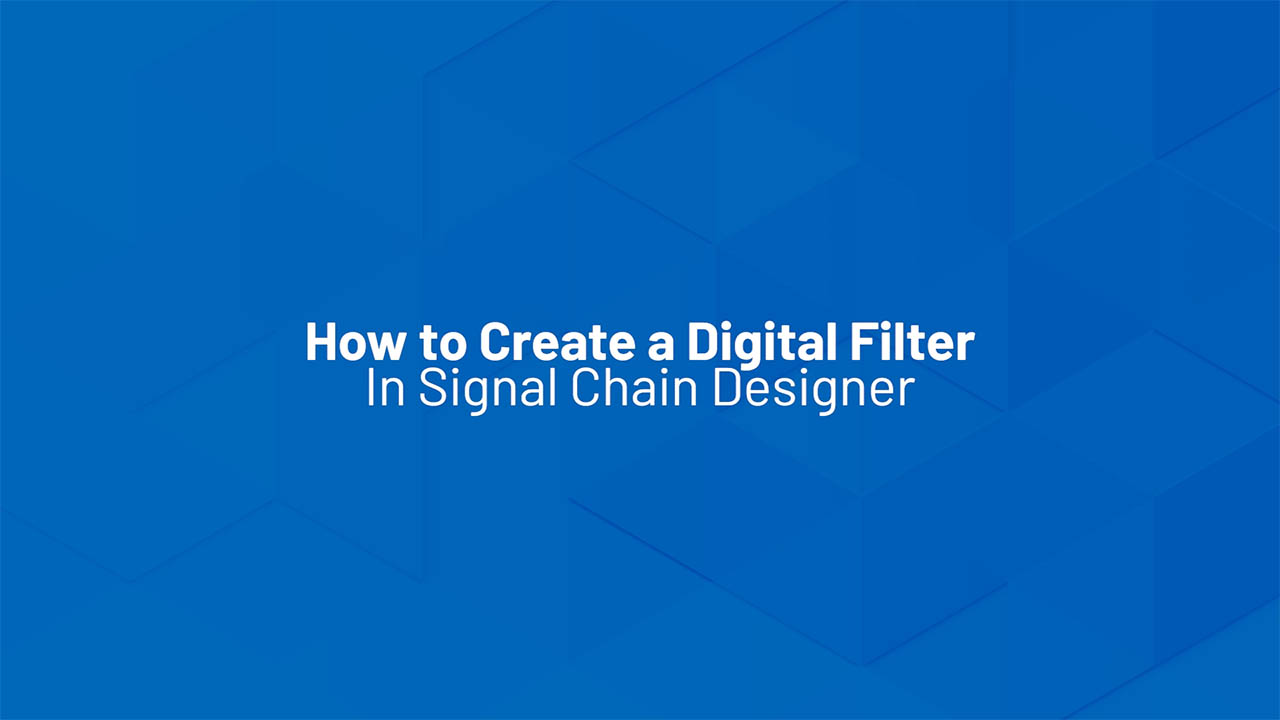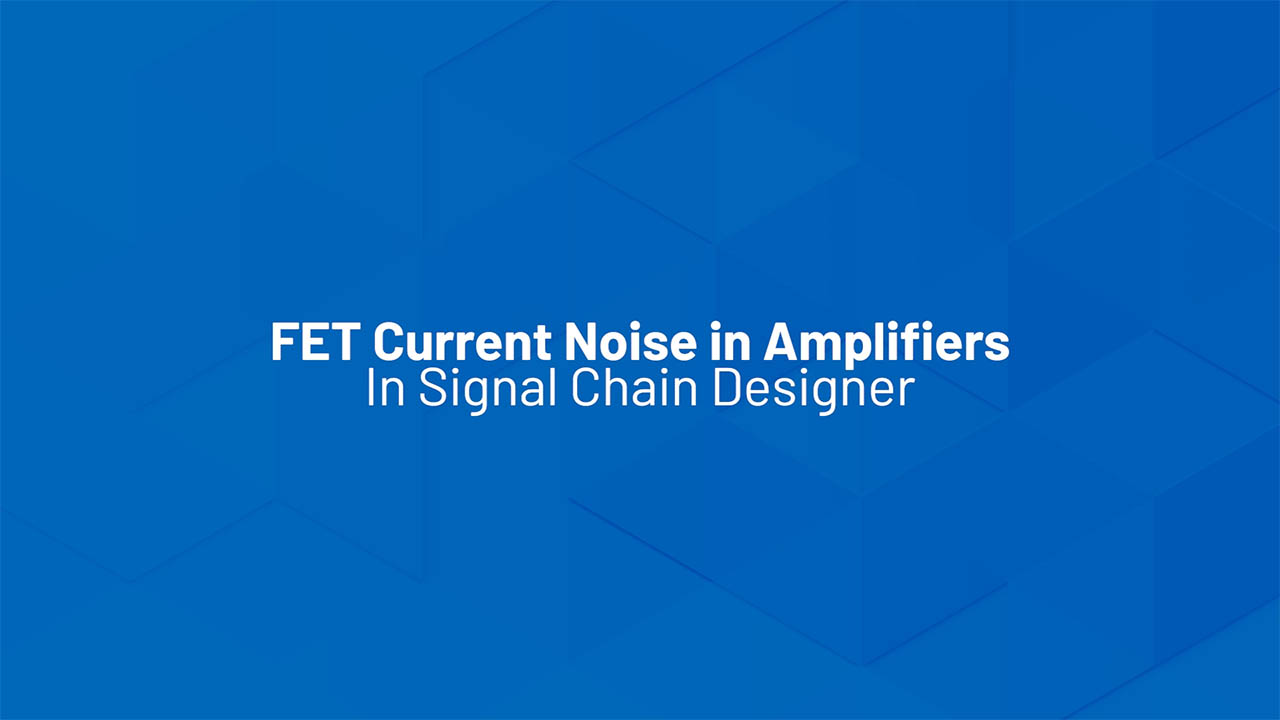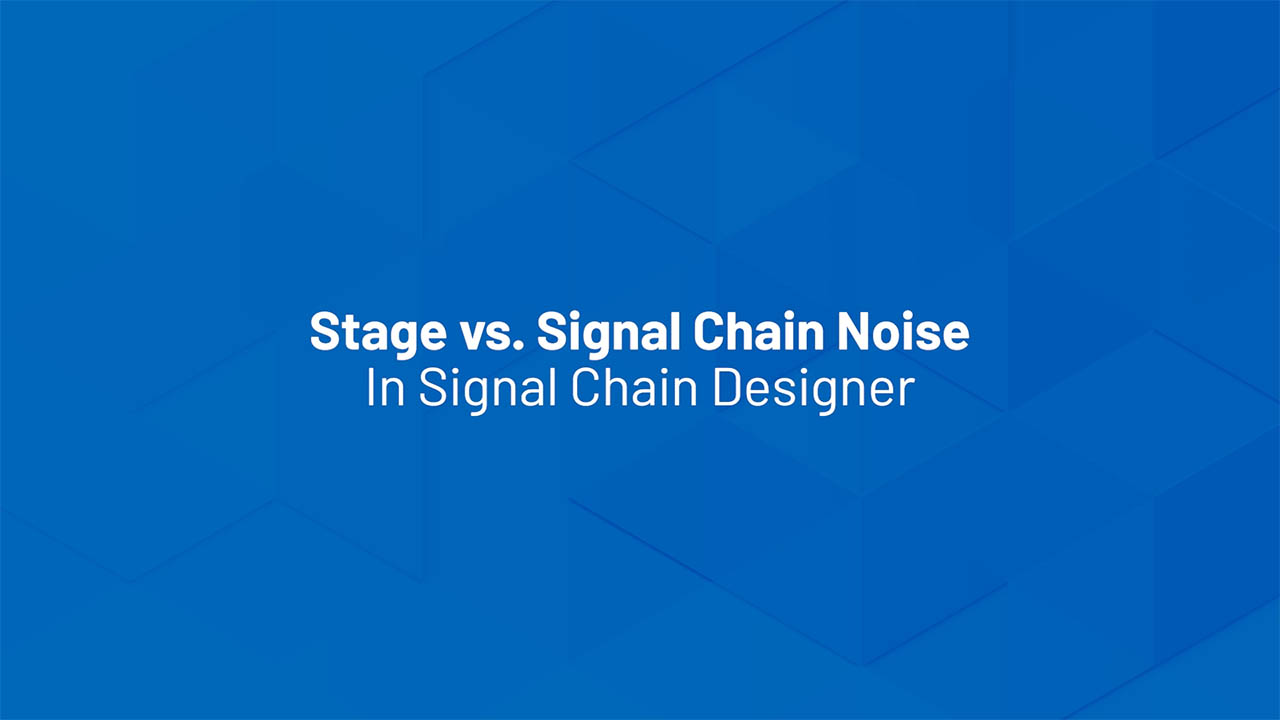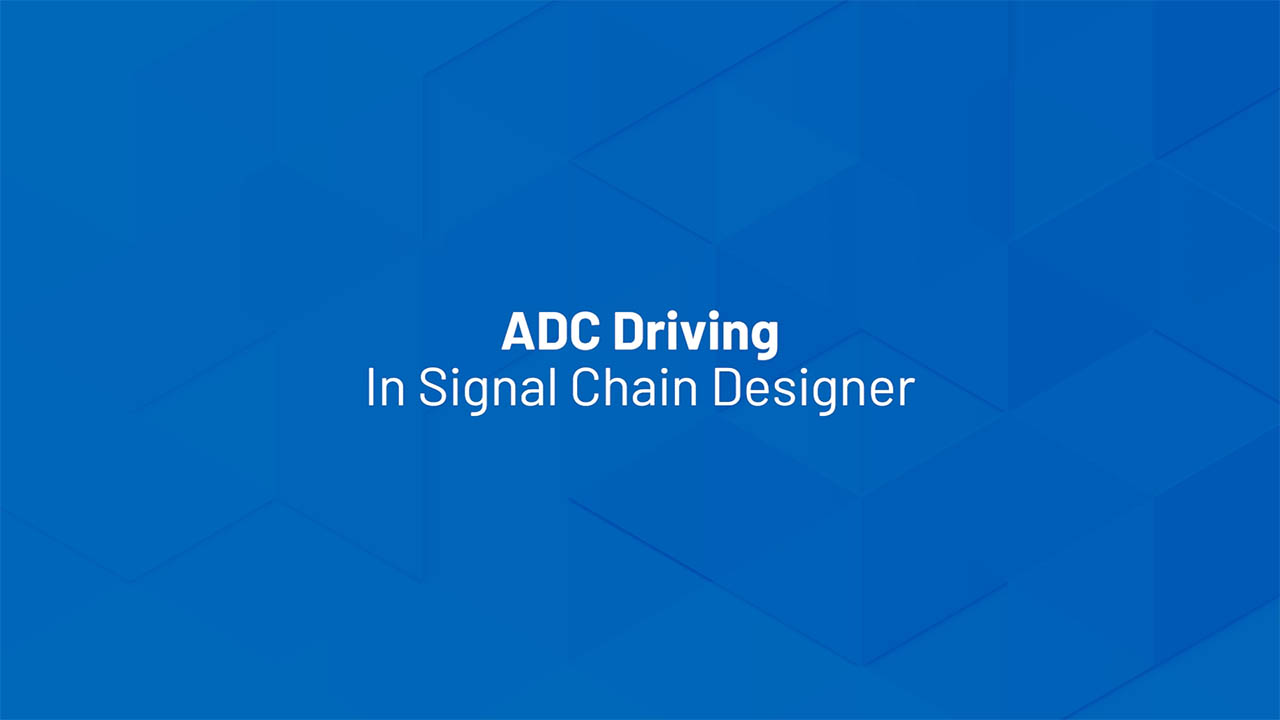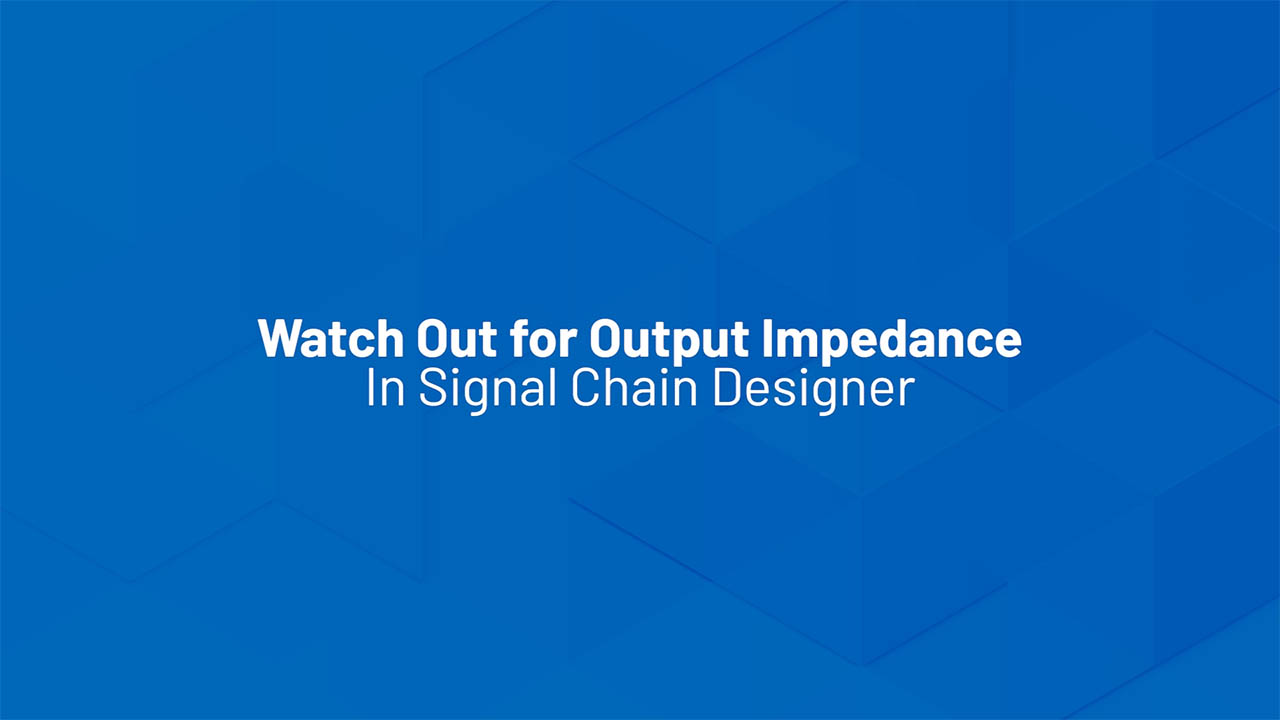Meeting EMC (Electromagnetic Compatibility) Challenges With Digital Isolators
Meeting EMC (Electromagnetic Compatibility) Challenges With Digital Isolators
著者
Hein Marais
2016年04月01日
In applications such as instrumentation, process control, industrial automation, motor and power control, and healthcare there is a need to communicate information from various sensors into a central controller for processing and analysis. The system is optimized based on the results of the analysis performed along with user input. In order to maintain the safety mandated to the user interface and to prevent transients from being coupled from the sources, galvanic isolation is required. Examples of these systems are precision robotic arms that need to operate within harsh industrial environments like arc welders or patient monitors that need to operate during defibrillation.
Market requirements have to be accounted for when designing a system, and EMC requirements particularly need to be met. When selling a product into the EU, a CE mark is required and similarly requirements for selling products into the U.S. requires an FCC classification. Attaining these certifications require a suite of EMC tests to be performed on the system and passed.
EMC can be thought of as being a good neighbor—not making too much noise and also being tolerant when your neighbors are noisy. This can be seen in Figure 1, where EMC can be categorized into two areas: immunity and emissions. Emissions can be further categorized into conducted emissions and radiated emissions, while immunity can be categorized into conducted immunity, radiated immunity, transient immunity, and fault tolerance.

Figure 1. EMC categories.
System standards exists for the different categories and compliance is needed to be able to achieve a CE mark or FCC classification, as shown in Figure 2. In industrial and medical system environments, conducted and radiated emissions typically have to comply with EN55011, EN55022, or FCC Part 15. Conducted immunity has to comply with IEC61000-4-6 and radiated immunity has to comply with IEC61000-4-3. Transients can be split into three categories: ESD (electrostatic discharge) with standard IEC61000-4-2, EFT (electrical fast transients) with standard IEC61000-4-4, and surge with standard IEC61000-4-5.

Figure 2. EMC categories and standards.
Another major advance in the in-building security solutions sector has been a large move from wired to wireless interfacing, not only between the individual sensor nodes and the control panel, but also from the entire system deployment to its associated remote monitoring station or operations center. For many decades the sensor to panel connection was made using low voltage serial wiring, most often of the RS-485 variety commonly found in many other building control applications. This hardwired interfacing required significant effort and an increasing level of cost for system installation. With the advent of very low power and short range wireless technology, a number of manufacturers have extended their hardware system portfolios to include wireless system versions enabling much simpler and easier initial deployments. This shift in turn has reduced implementation time as well as cost, and by extension has opened a significantly larger market size by allowing reasonable retrofit installations rather than the market continuing to be driven by new construction sales as it has in the past. Additionally, in the area of back-end connectivity, the intrusion detection system market, which was once exclusively aligned to a phone line or POTS connection to the remote monitoring station or operations center, has evolved to leverage Wi-Fi/gateway Internet links, as well as terrestrial mobile phone network connections, widening the playing field of deployment options while also eliminating the hard requirement of landline phone connections being present for intrusion detection system installations.
Encountering EMC issues once the system is designed can be very challenging to solve as the techniques available to solve for EMC decrease the further along you are with your design. Designing for EMC at the start of your project is critical to minimizing the amount of time spent on board iterations and will reduce the design time as well as project cost.
Using digital isolators can be very effective in dealing with EMC transient threats as the galvanic isolation barrier allows for the flow of data, but prevents the flow of current. At the same time, the digital isolator should adhere to the good neighbor rule and not induce noise to upset its neighboring components. Galvanic isolation can be implemented using different coupling elements across the isolation barrier. Traditionally, optical methods were used but they have been proven to be power hungry and they have limited lifetime due to the light emitting source. Digital isolators can be implemented using inductive or capacitive coupling methods with insulation materials like polyimide and SiO2 and have the benefit of longer lifetime and reduced power consumption.
Analog Devices new family of on/off keying iCoupler® digital isolators, the ADuM1xx and ADuM2xx, implement inductive coupling across the isolation barrier and have been proven to be robust against large transient threats. They are also able to pass the required radiated emissions standards while operating at high data rates. Some of the features of the new family of digital isolator products are:
- Immunity against surge transients of up to 16 kV pk basic
- Common-mode transient immunity of 100 kV/µs
- Withstand voltage of 5 kV rms with a 600 V rms working voltage
- High data rate throughput up to 150 Mbps
- Very low propagation delay of 13 ns max
- Wide supply range operation of 1.7 V to 5.5 V
著者について
Hein Maraisは2001年に南アフリカのステレンボッシュ大学を卒業して、電子工学の学士号を取得しました。キャリアをスタートさせた南アフリカ空軍では、電子戦システムを担当しました。2003年に入社したGrintek Communication Systemsでは、軍用無線のソフトウェアおよびハードウェアの設計に携わりました。2007年にアナログ・デバイセズに入社し、現在は高速相互接続グループの製品アプリケーション・エンジニアとして、R...
この記事に関して
製品カテゴリ
{{modalTitle}}
{{modalDescription}}
{{dropdownTitle}}
- {{defaultSelectedText}} {{#each projectNames}}
- {{name}} {{/each}} {{#if newProjectText}}
-
{{newProjectText}}
{{/if}}
{{newProjectTitle}}
{{projectNameErrorText}}





